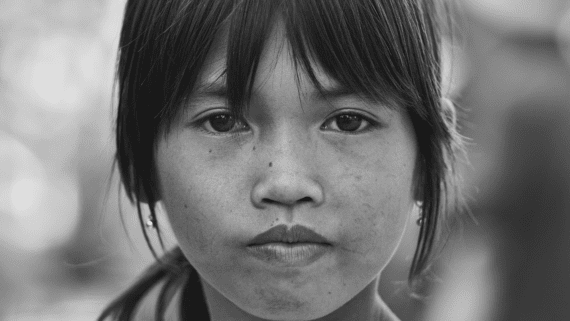Editor’s note: This post is part of a weekly, year-long series called the Nourishing Effect. It explores how hunger affects health through the lens of the 2016 Hunger Report. The Hunger Report is an annual publication of Bread for the World Institute.
By Derek Schwabe
A study recently published in the Journal of Adolescent Health has confirmed what doctors across the country see every day: food insecurity costs Americans big time, both in poor health and in the problems that come with poor health – lost potential and burdensome healthcare costs.
The study also confirmed the power of a simple two-question survey to enable doctors to quickly detect food security among patients. This makes it possible for healthcare providers to connect these patients with nutrition programs and other local services that can help them. One in six Americans is food insecure. Even more suffer from related nutrition problems such as obesity and overweight. In a health sector that too often prioritizes late, expensive treatment over early, cost-effective prevention, mobilizing doctors to ask these two questions can both improve patient health and lower costs.
Researchers surveyed 400 urban patients, ages 15 to 25, gauging their health across seven domains. These were food insecurity, health care access, education, housing, income insecurity, substance use, and intimate partner violence. One in three of the young adults participating in the study was identified as food insecure based on their answers to the Hunger Vital Sign survey, which asks patients to rate two statements as “always,” “sometimes,” or “never” true: “Within the past 12 months, we worried whether our food would run out before we got money to buy more,” and “Within the past 12 months, the food we bought just didn’t last and we didn’t have money to get more.”
The authors found that the Hunger Vital Sign detected food insecurity nearly as effectively as USDA’s 18-question survey. There was a strong, alarming association between food insecurity and other health-related problems — including poor access to health care, doing poorly in school and college, unstable housing situations, and substance abuse.
The study’s research team concluded that surveys that screen for food insecurity, particularly the Hunger Vital Sign, will help medical professionals catch health-related social problems sooner and equip them to link patients seamlessly to needed preventive services.
The United States spends almost twice as much money per year on health care as our peer group of other developed nations, yet our country’s health outcomes are among the worst in the group. Bread for the World Institute’s 2016 Hunger Report found that hunger’s health-related costs alone are at least $160 billion annually. That’s more than the combined U.S. federal and state budgets for higher education.
There’s no question that healthcare providers need to focus more on “social determinants” such as hunger and poor nutrition that are landing people in doctors’ offices and emergency rooms. Simple tools such as the Hunger Vital Sign survey offer them an easy way to start paying closer attention. The concept of hunger screening has been endorsed by organizations such as the American Academy of Pediatrics and Children’s Health Watch. Policymakers can do their part by requiring such screening.
For more about the Hunger Vital Sign, see chapter 1 of the 2016 Hunger Report: The Nourishing Effect, specifically pp. 47-50.
Derek Schwabe is a research associate in Bread for the World Institute.



